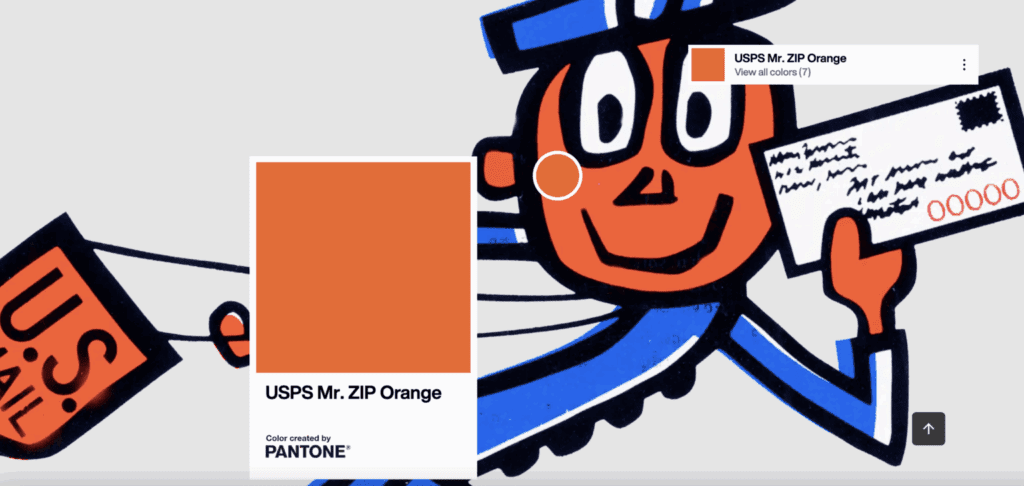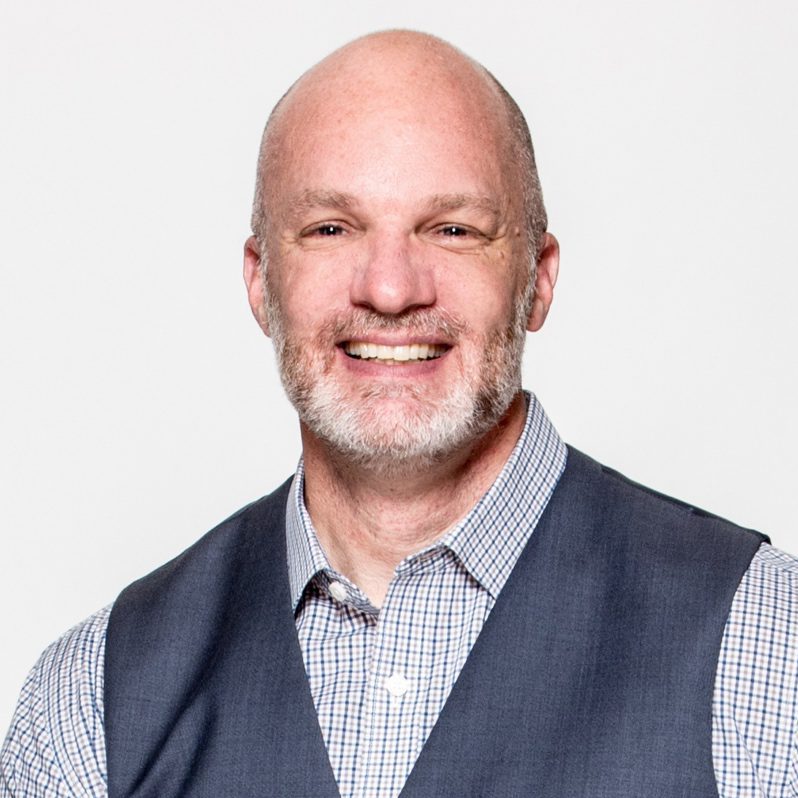Every Thanksgiving morning, my family cooks a huge breakfast, I light the fireplace and we sit down in our pajamas, part of an intimate group of 60 million TV viewers, to watch the three-hour paean to retailing that is the annual Macy’s Thanksgiving Day Parade.
Perhaps the greatest annual event in all of marketing, the Macy’s Parade is such an institution, most people don’t even know they’re being sold to.
Macy’s has been known for retail innovation since its founding. The company took the unheard of step of promoting women to positions of authority as early as the 1860’s. Not only were the first three store superintendents women, the store’s first manager was founder R. H. Macy’s niece, Margaret Getchell. Other Macy innovations, like selling goods to all comers at one price and quoting specific prices on items advertised in newspapers, were considered revolutionary at the time.
By 1924, the company had enlarged its flagship Herald Square location at 34th Street to more than two million square feet, making it the “World’s Largest Store.” To celebrate the store and honor their new American heritage, the company’s many immigrant employees organized the “Christmas Parade.” The event became known as “The Longest Running Show on Broadway,” as marchers traveled from 145th Street to 34th Street, entertaining some 250,000 viewers with floats, bands and 25 animals from the nearby Central Park Zoo.
In 1927, the event now known as the Macy’s Thanksgiving Day Parade premiered one of its signature elements — huge cartoon-inspired balloons. The very first, a hot-air version, depicted Felix the Cat. In 1928, parade organizers wanted the balloons above the crowd, so they switched to helium-filled. (In those early years, the balloons were released at the parade’s end to hover over the city for days. Promotions promised anyone returning a downed balloon or its remains a cash reward.)
By the 1930s, the parade was attracting more than a million live viewers and further fans via radio broadcast on New York stations. Despite its popularity, the event was suspended during the war years of 1942-44 because the country needed the rubber and helium involved for munitions. New York City Mayor Fiorello LaGuardia himself presided over a ceremony in which the famous balloons were cut up into little pieces for the war effort.
The parade was revived with postwar fanfare in 1945, and Macy’s scored one of the greatest product placements in all filmdom: the featured role in the 1947 classic Miracle on 34th Street. A huge hit at the time, Miracle ranks No. 9 on the American Film Institute’s list of the 100 Most Inspiring Films of All Time. It prompted a Best Supporting Actor Oscar for Edmund Gwenn for his portrayal of Santa Claus, plus two more Oscars for writing. The film also made a star of nine-year-old Natalie Wood.
“We actually used Edmund Gwenn in 1947 to portray Santa Claus in the [live] parade,” notes Robin Hall, current executive producer of the parade. “Of course, we’ve used the real Santa Claus ever since,” he winks. (Given how busy Santa is, Richard Attenborough played him in a 1994 remake of the film.)
The film drove live attendance at the 1948 parade over two million and introduced countless new viewers to the event via a new electronic marvel: television.
“The movie drove the decision at NBC to broadcast the parade nationally in 1948,” Hall says. Traditionally, the Peacock Network has slated its Today Show A-Team to provide live coverage. The network has won nine Emmy Awards over the years for its Thanksgiving show.
The sheer logistics of the parade are stunning; 45 balloons, 15 of which are giants, 25 floats, 10 bands, seven or eight groups, and thousands of clowns, according to Hall. The one constant in all parades is the presence of the ever-popular New York Police Department Band. All are marshaled by 7,000 volunteers, of which 4,000 are Macy’s executives.
“The volunteers make this happen,” Hall says. Employee interest in participation is so high that Macy’s has to hire buses to bring droves of eager-to-help employees from as far away as Maryland and Maine.
The parade is an enormous revenue generator for the City of New York because attached to each band or drill team of 250 to 400 high school students are parents, teachers and chaperones who collectively generate an estimated $50 million worth of tourism to the city. In case you’re wondering about lead time, these bands are notified a year and a half in advance of their appearance, with some of the parade’s units being planned out three years in advance.
You don’t deserve to be in the promotion business if you’re not wondering by now what Macy’s gets in return for its efforts — especially since the store itself isn’t even open on the day of the parade.
“We’ve never run a return on investment [analysis] on the parade,” Hall says proudly. “Part of Macy’s DNA is the parade; it’s very much about our persona of fun, caring and joy. We consider Macy’s Thanksgiving Day Parade our gift to the people who shop with us, and like all good gift givers, we cut off the price tag before we give it.”
Rod Taylor is senior VP-sports and promotion for CoActive Marketing in Cincinatti. He can be reached at [email protected].
PARADE ROUTE
This year marks the 80th anniversary of Macy’s Thanksgiving Day Parade. How’s that, if the event began in 1924? Subtract the three paradeless WWII years, and presto: 80!
To celebrate the parade tradition, as well as Macy’s 400 newly acquired stores, Robin Hall and his elves have produced a touring tribute. Two heavily decorated 48-foot tractor-trailers are visiting 23 cities in 19 different states to present Macy’s Parade on Parade. One trailer opens into a 1,000-square foot interactive museum with exhibits and a confetti machine (push the button and you’re showered with the stuff), plus a demo on how to fly a Macy’s parade balloon (the answer is: very carefully!).
The second truck opens into a stage where four actors put on a musical review of the history of the parade. Each of these one-day stops draws several thousand consumers, most of whom have never had the chance to attend the New York City parade. The tour started in September and ends appropriately enough in New York City on the day before Thanksgiving.
 Network
Network

